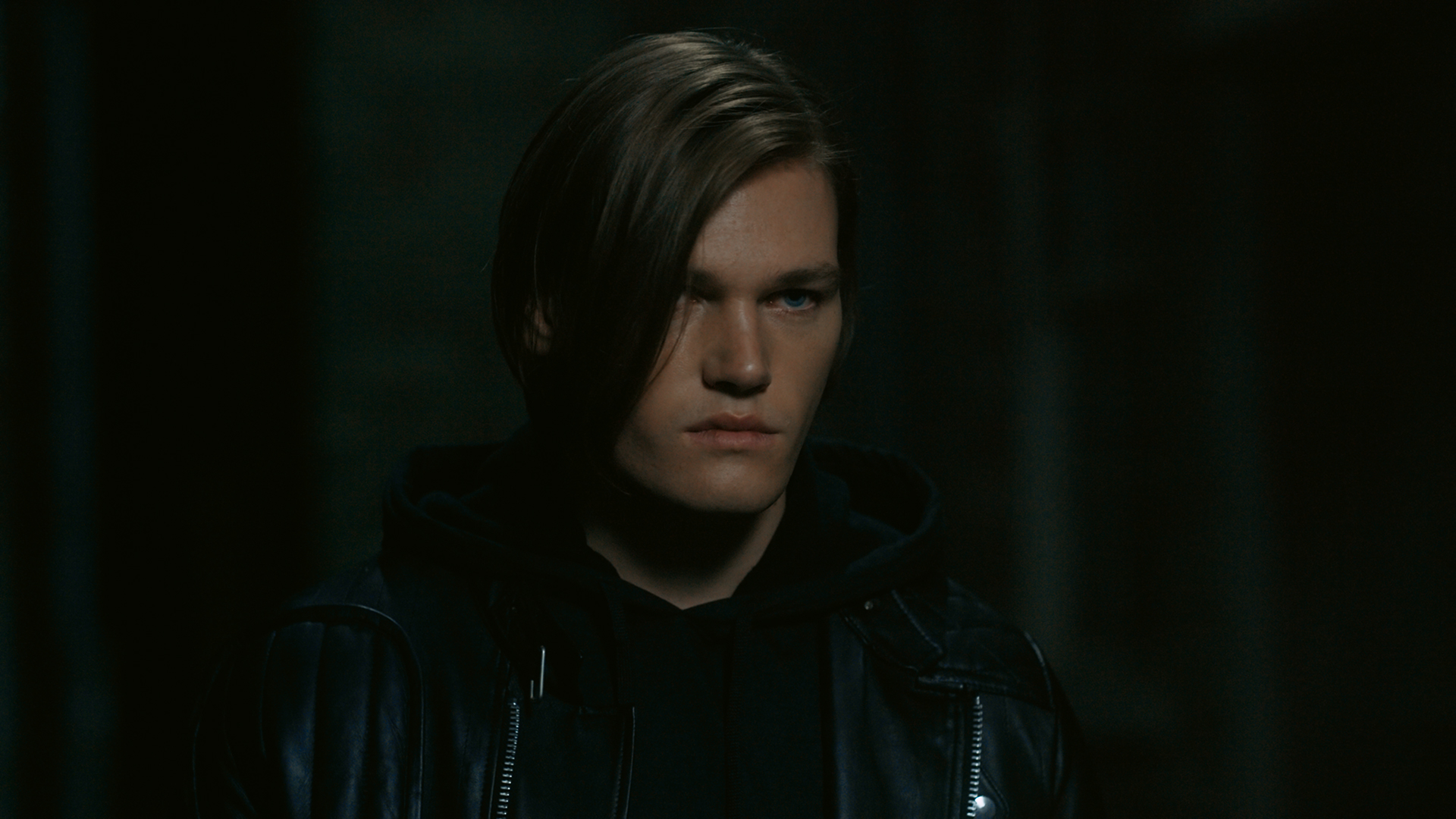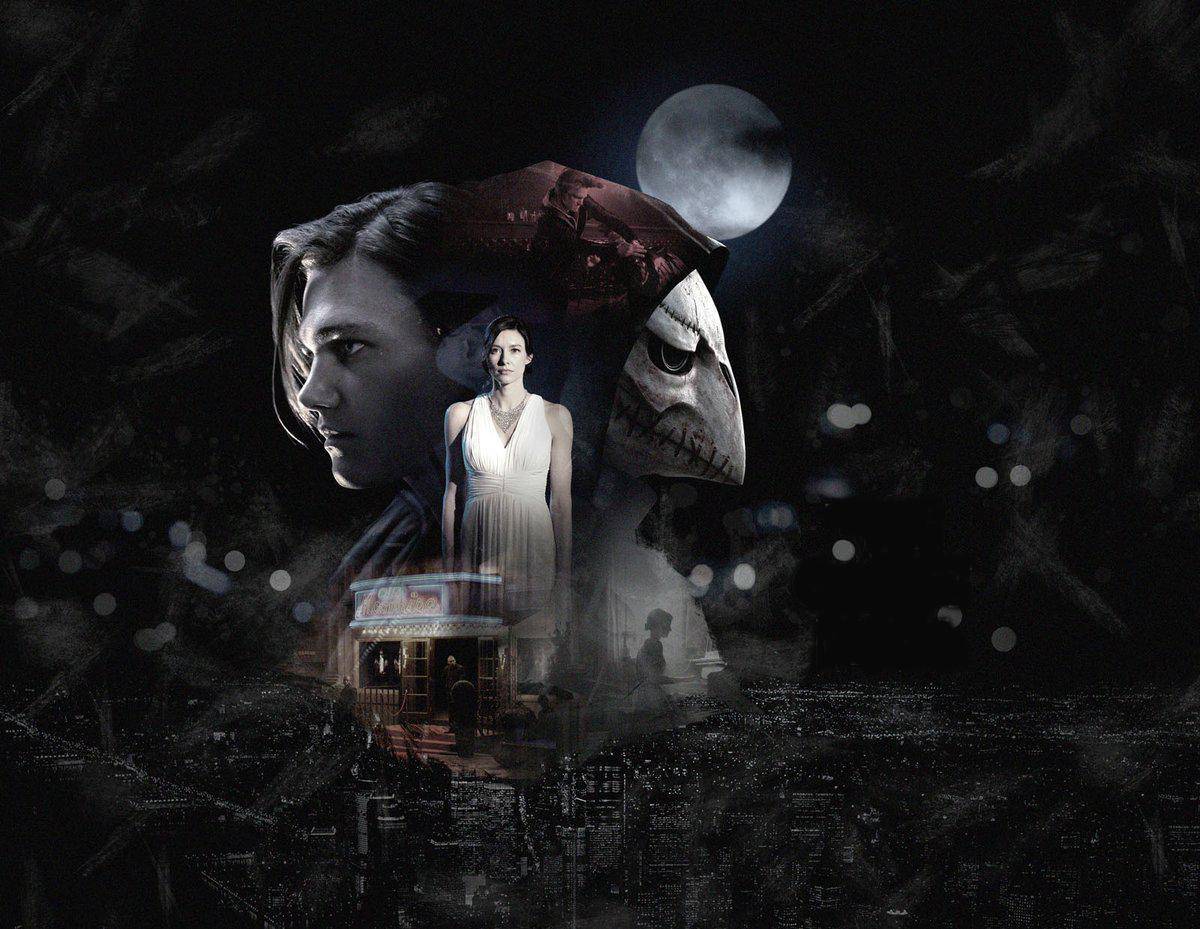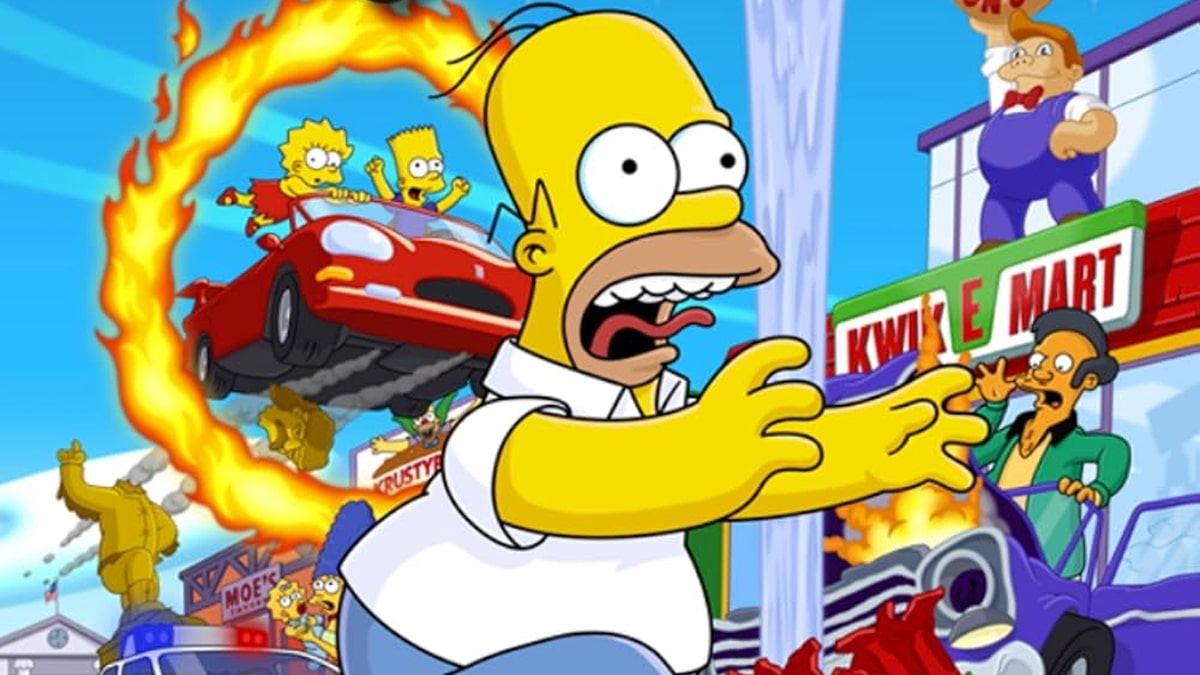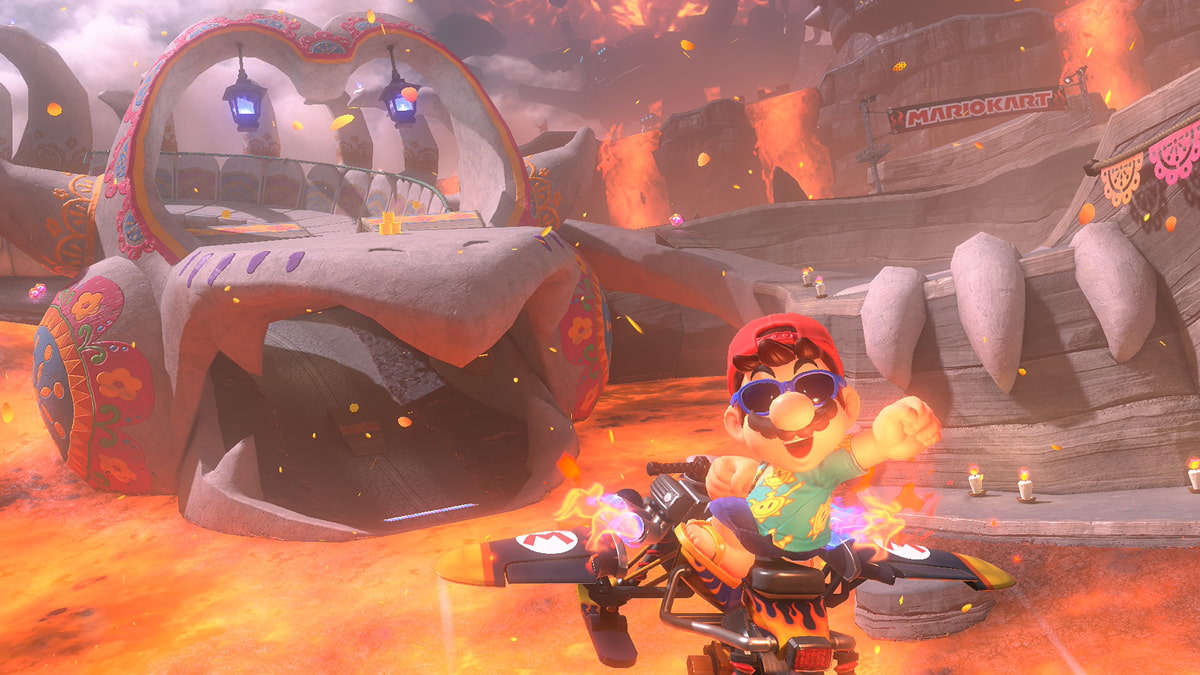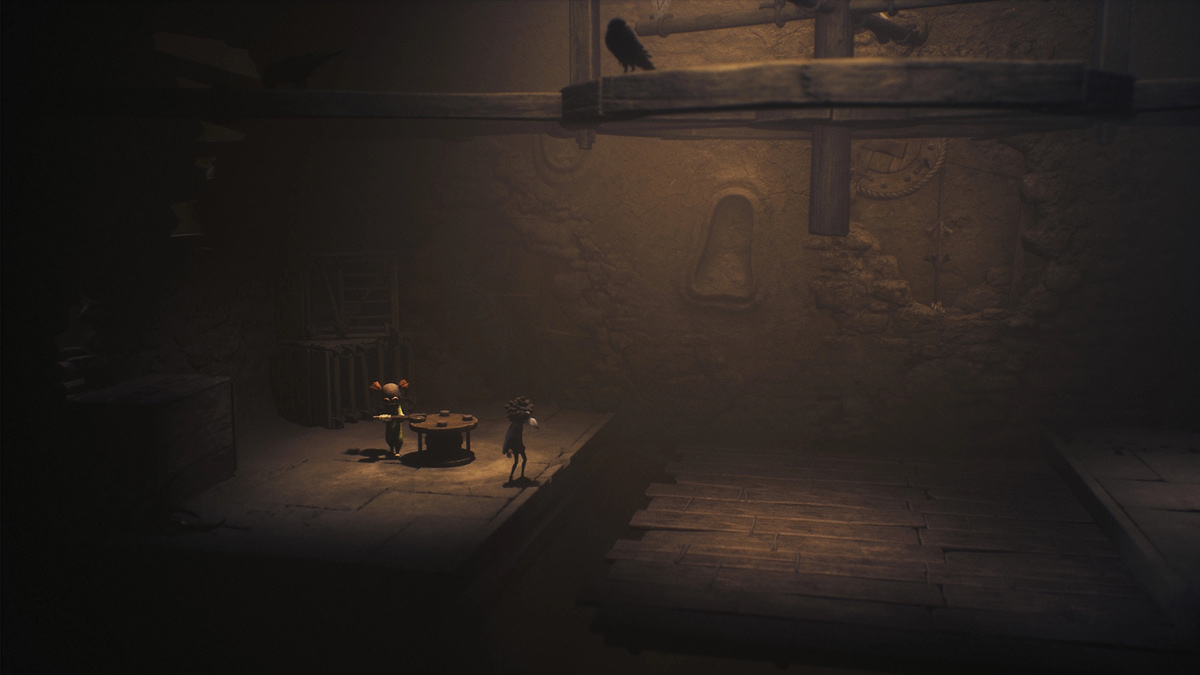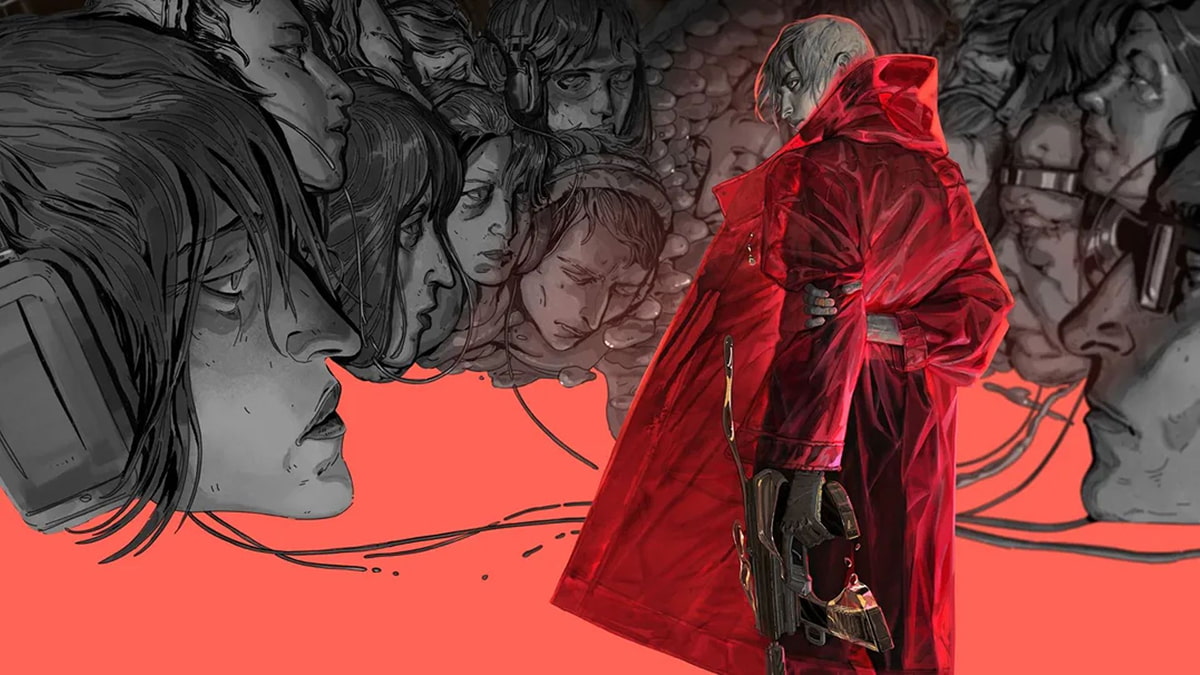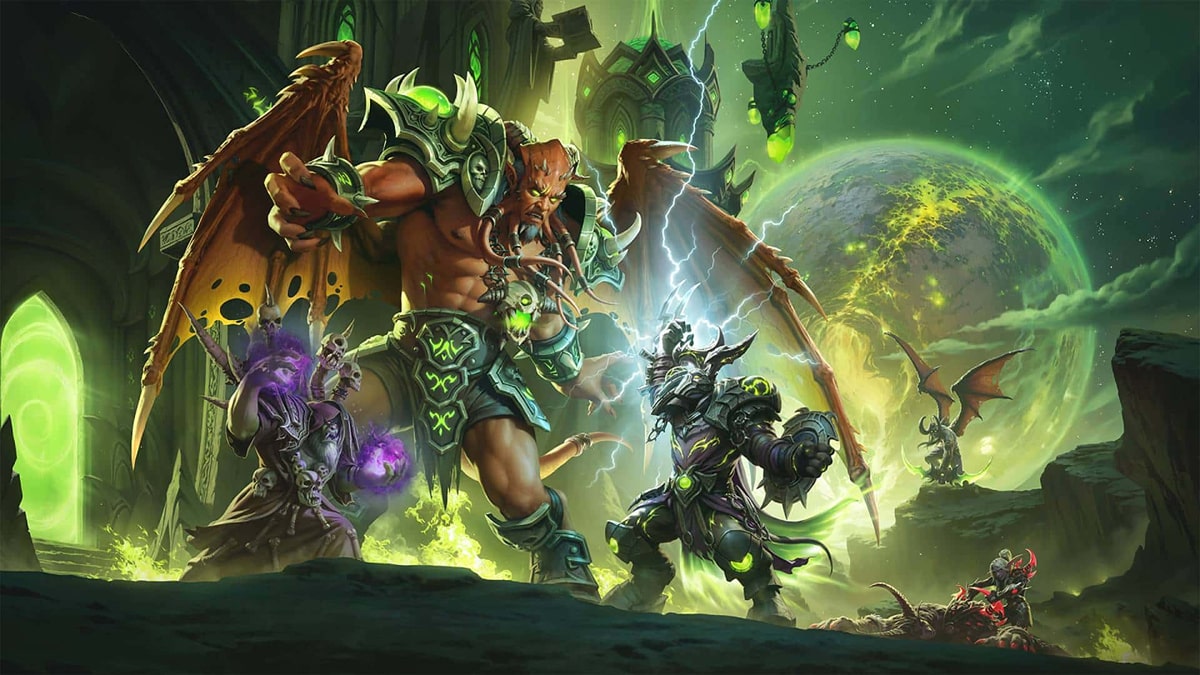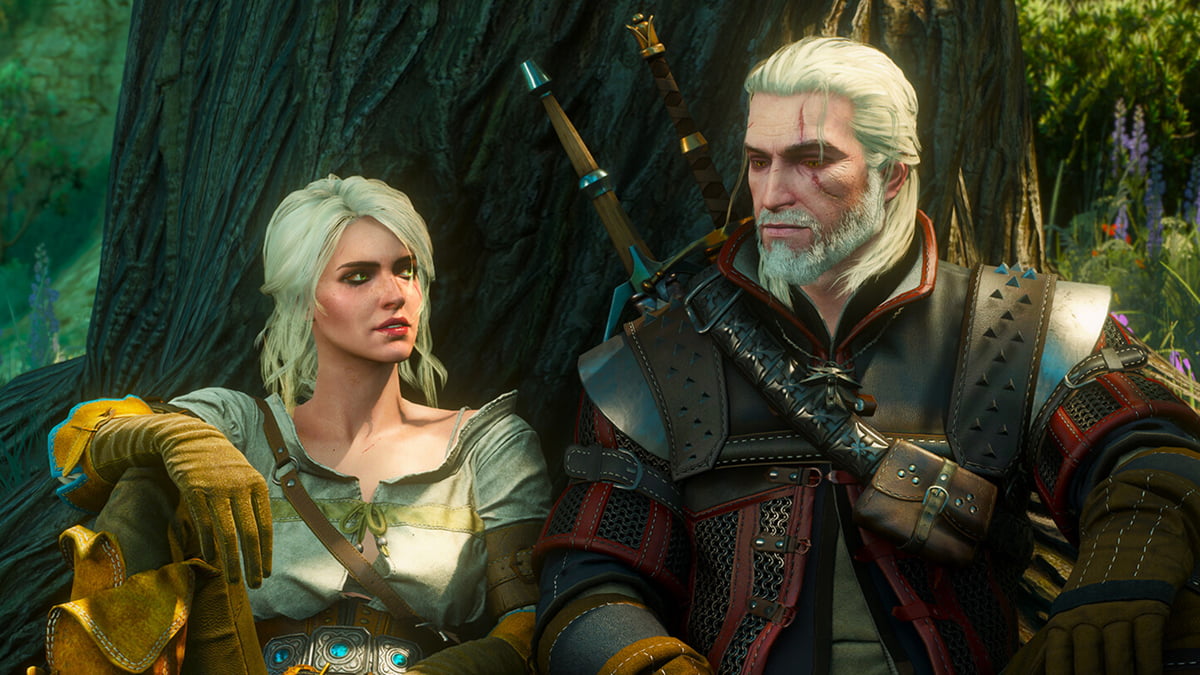You can trust VideoGamer. Our team of gaming experts spend hours testing and reviewing the latest games, to ensure you're reading the most comprehensive guide possible. Rest assured, all imagery and advice is unique and original. Check out how we test and review games here
Video games are an escape for all of us. Had a hard day at work? Turn on the Xbox. Just after a big row with your best pal? Boot up the PlayStation. Witnessed a prominent world leader say something so terrifying it convinces you society is weeks from dissolution? Grab the Switch; I hear Smash is good.
But sometimes our safe spaces are infiltrated with the evils we’re trying to get away from. Occasionally, video games can be evil, too. Or at least disappointing.
So, here are six video games released in 2018 that will not be VideoGamer’s GOTY of the year for 2018, according to Colm and Josh.
Colm’s Games That Aren’t His Games of the Year 2018
The Quiet Man
We knew we were certainly witnessing something when the sixth member of Westlife beat down some ethnic minorities during Square Enix’s E3 showcase. The developer behind 2006’s Prey birthed the FMV-littered brawler, but must’ve only had an afternoon to take it from conception to completion; that’s the only way I can justify The Quiet Man.
In an attempt to get you to feel emotions – I suppose – you play as deaf protagonist Dane, who… eh… I don’t know really. After the first 10 minutes or so, all audio is stripped out (re: emotions), bar a couple of muted thuds for the punchings and the kickings. Cutscenes feel like they last forever thanks to the fact that you haven’t a f***ing clue what’s happening, but I think he fancies his mam, who is now dead, because a gang member shot her, and there’s a supernatural crow that pops up from time-to-time to time who urges you to engage in some of the shonkiest melee combat around.
It was patched after the fact with a SOUND MODE, which begs the question, what are you at, for Christ’s sake, it’s called The Quiet Man, so pick a lane.
It wasn’t boring, I guess.
Super Seducer: How to Talk to Girls
The ‘00s had some real stinkers: Avatar, the coalition government, and pick-up artists.The aim of the PUA was to teach wormy, impressionable, vile men how to gamify general conversation with women in order to sleep with them. According to his website, the man behind Super Seducer is Europe’s best – like there’s a Champions League of creeps involving only the the top bellends from the continent battling it out for sleaze supremacy.
La Ruina took to video games this year in order to spread his message with an FMV game where you try to woo ladies by selecting different dialogue options such as ‘what up, girl?’ or ‘I’d love to go down on you right now.’ Charming. Filled with antiquated ideas about basically everything in life, Super Seducer would’ve been far more offensive if it wasn’t so laughable: the terrible script, the weird editing, the leading man so wooden he’d feel at home in an Ikea warehouse.
We don’t need Super Seducer in 2018. We never needed it, in truth.
Detroit: Become Human
Foolishly, I was excited when I sat down to review Detroit: Become Human. I’ve long been a Quantic Dream apologist, enjoying their games for what they are, especially at a time when we didn’t have many equivalents. Thing is, we do now. And they’re much better than what the French studio is putting out.
The narrative focusses on how oppression can spark a revolution; a story we’ve experienced a thousand times before, but lacking any real delicacy here. Instead, it includes Martin Luther King and Rosa Parks references with the subtlety of a professional wrestler, and a script that will make you belly laugh at how cringey it can be.
Sure, it’s pretty, and it’s really good at making you think you’re in trouble when you’re not, but Detroit: Become Human is a reminder of how far video games have come since Fahrenheit, and how Quantic Dream has been left behind.
Josh’s Games That Aren’t His Games of the Year 2018
Fallout 76
In Fallout, the Earth is undone – as, I suspect, it will be in reality – by people, their fingers quivering over big, red buttons. The world in Fallout 76 falls to the same menace. Only, it isn’t the scarring touch of missiles that damns the place to ruin; it’s the people themselves. Swearing, jumping about, shooting at you. How strange that a sight as sad as the carcass of a country is only made worse by cramming it full of humans again.
Worse still were the compromises made to get another twenty people on your server. NPCs were scrapped, and audio logs were in. The story was scattered like seeds; only, it never bloomed. The bugs, always a staple, were less funny and more frequent. And by far the ugliest things to rise from the nuclear ashes weren’t super mutants but survival element. It’s a shame that despite the setting, the most beautiful of any Fallout, I wished for the snug solitude of the vault.
Ni No Kuni 2: Revenant Kingdom
A word of advice: play Ni No Kuni II: Revenant Kingdom. Another word of advice: keep a bucket nearby. It’s brimful with syrupy dialogue and cutesy characters, and its messages of friendship and loyalty don’t warm the heart so much as microwave it, leaving cool spots in the middle. You may, like a Roman at a feast, wish to vomit between courses. Level-5 developed its predecessor, Ni No Kuni: Wrath of the White Witch, in collaboration with Studio Ghibli, girding the game’s imaginative beauty with a tale of innocence and darkness. The sequel opts only for the former.
Despite the character designs of Yoshiyuki Momose and the music of Joe Hisaishi, both Ghibli veterans, there’s a hint of the sombre and reflective that’s missing here. There’s nothing else going on, no messages or themes that lurk under NNKII’s pastel hues. It’s a decent enough JRPG, with some serviceable hack-and-slash combat, and a moreish Suikoden-style kingdom-building mode. It just stings that it follows a game that managed something more. For all its overpowering brightness, NNKII lies mostly in shadow, buckling under the weight of a name.
Call of Cthulhu
There is an idea at the heart of Lovecraft’s work that’s delicious. It’s about the fear of not just the unknown but the unknowable. The trouble with the Call of Cthulhu video game is that there isn’t anything unknown about it. There’s a bloody great picture of Cthulhu on the game’s menu, along with a start option that reads ‘Enter Madness’ – as if madness were a tired old supporting player in a creaky play.
Mind you, Lovecraft similarly couldn’t help himself. ‘The Thing cannot be described,’ he writes in the book. But then: ‘A pulpy, tentacled head surmounted to a grotesque and scaly body with rudimentary wings.’ Anyway, the game had the good sense to pile its early hours with fog, backlight everything in ‘Cthulhu Green,’ and have you poking about for ancient tomes in the wonderfully paradoxical ‘The Nameless Bookstore.’ Sadly, it all spun wildly out of control, went on for too long, and all sense of pace was blasted out the blowhole.
